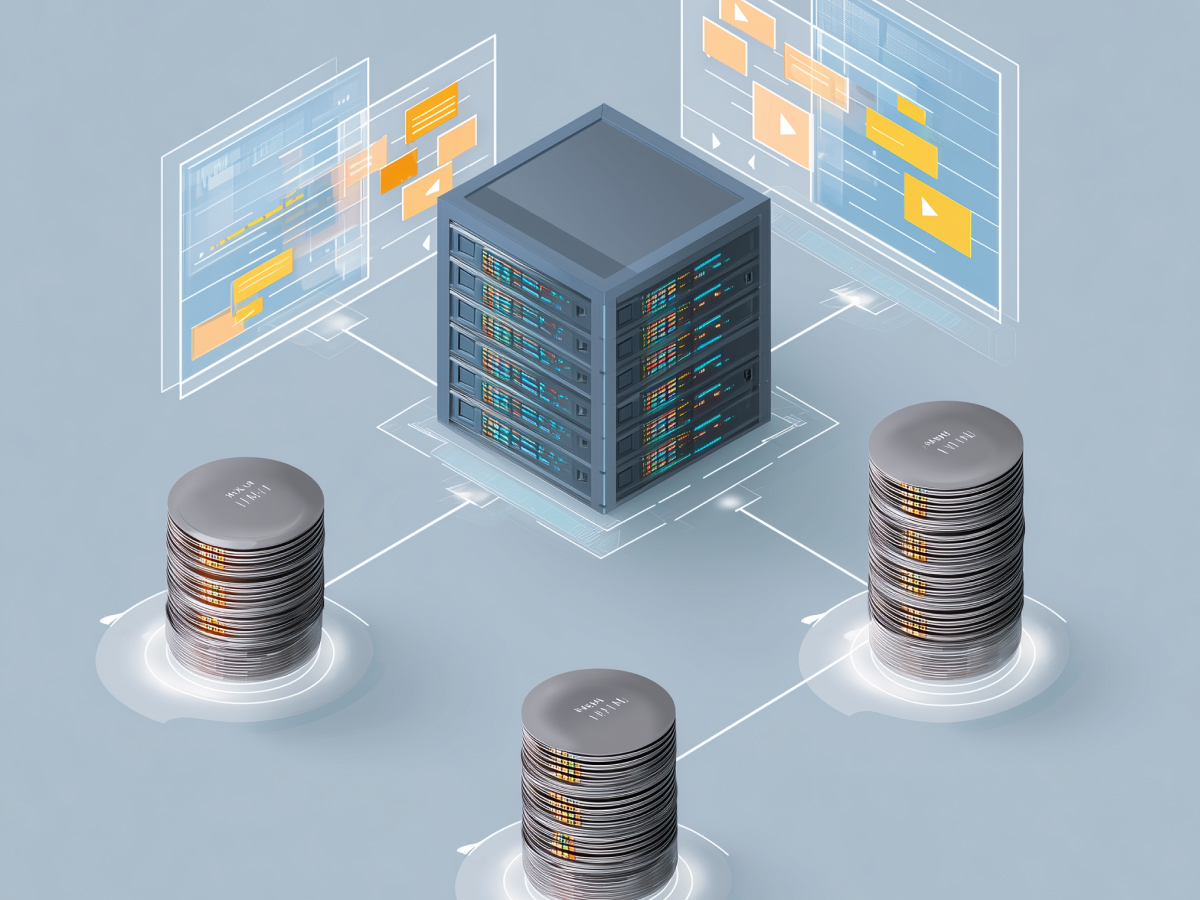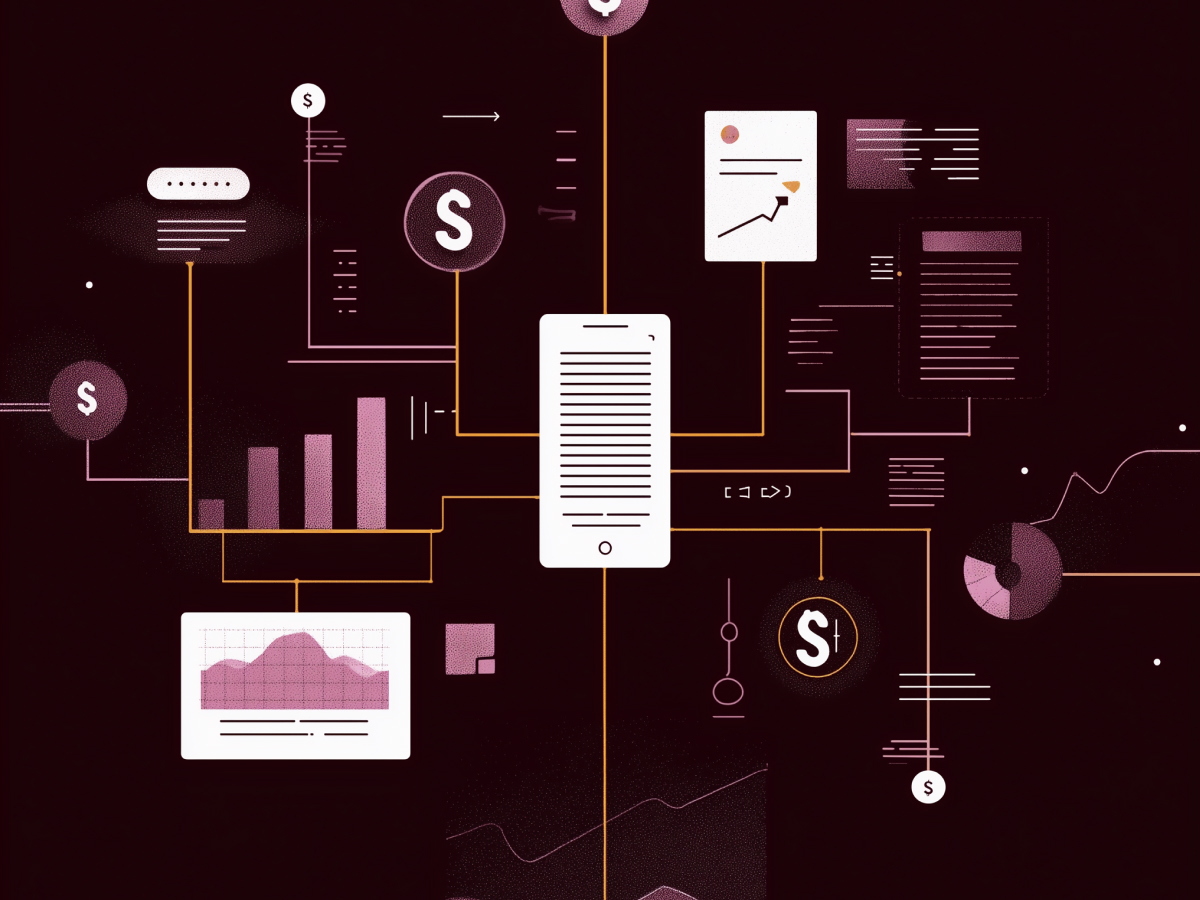Integration complexity limits enterprise AI effectiveness
Enterprise AI sounds great on paper. Automate workflows. Deliver instant insights. Save time and money. But most companies hit a wall early, the integration wall. The problem isn’t with AI’s intelligence. It’s with its connections. AI can only be as useful as the information it can access in real time. Right now, getting that access is harder than it should be.
Most AI deployments still rely on developers hardcoding links between the AI model and each individual data source, your CRM, your ERP, your support platforms, marketing systems, the list goes on. Every new tool or API means a new patch. Every change in a software stack leads to more rework. This is fragile. It slows everything down.
For C-suite leaders, the implication is clear: the cost and delay are not from AI itself, they’re from trying to duct-tape systems together. To make AI really work for your business, you’ve got to remove the friction in connecting it to your world. Otherwise, your digital strategy remains reactive and inefficient. Integration shouldn’t be the bottleneck.
This is strategic, not just technical. If your AI can’t interact with real-time systems, then it doesn’t understand context. And when it doesn’t understand context, it makes vague or irrelevant decisions. That’s expensive, in time, output, and customer trust. Integration determines whether AI is delivering actual value, or just producing noise in a business suit. Smart C-level management will realize that unlocking integration is what moves AI from being a smart assistant to becoming part of core operations.
Model context protocol (MCP) simplifies AI integration
Anthropic has built something important, Model Context Protocol, or MCP. It’s a big step forward in how AI connects to business tools and data. It’s not about upgrading the model’s brain. It’s about upgrading how it sees and uses what’s around it. MCP brings order to the mess by providing a standard for connecting AI agents to tools, data sources, and each other.
Think of it as a runtime interface. Instead of developers having to permanently wire in each connection, MCP lets AI reason through connections on demand. The AI system can look at available tools or APIs, read their instructions, and use them while running, without extra developer work. That changes productivity dynamics across the board.
Anthropic isn’t just talking about this. It’s backing the protocol with working infrastructure, servers, development kits, implementation guidelines. Other players are already paying attention. OpenAI, Replit, and developers from the open source world are starting to support the core principles. The flywheel is turning.
This creates a layer of adaptability that legacy systems lack. Business changes all the time, new CRM, new strategy, new rules. With hardwired AI, each shift means rewrites and downtime. With MCP, AI adapts to change quickly. That makes your AI stack resilient and future-fit. For executives thinking about scalability, this is a signal: moving toward MCP reduces technical debt, lowers switching costs, and gives your team more freedom to innovate without waiting on engineering roadmaps.
Anthropic has taken the lead in building and demonstrating MCP. While no individual executive is quoted, the company’s initiative is shaping the direction of AI interoperability. Support from other high-profile firms like OpenAI and Replit confirms industry validation. You’re not betting alone on this.
MCP enables more context-aware, real-time AI operations
Too many AI agents still operate in a vacuum. They’re trained on general data and forced to give answers based on outdated, static knowledge. That’s not good enough for enterprise needs. Business leaders expect systems that understand their environment, what’s happening right now, across customers, systems, and teams. That’s where Model Context Protocol delivers real change.
MCP allows AI agents to connect to live business systems. That means the engine doesn’t rely on guesswork, it pulls directly from real-time customer support tickets, marketing data, product updates, or whatever source is relevant at that moment. The end result is an AI agent that doesn’t just sound smart, but acts smart, informed, timely, and relevant to your operations.
Whether it’s powering a customer-facing chatbot that responds based on current inventory, or an internal tool that flags issues based on live workflow tickets from Jira or Slack, MCP brings usable intelligence to the surface. It helps decision-makers deploy AI tools that stay aligned with the pulse of their teams and customers without needing manual updates or delays.
The key takeaway for C-level executives is straightforward: decisions built on outdated data are expensive. Real-time awareness enables stronger automation, fewer manual interventions, and faster response to change. With compliance, risk, and customer engagement moving faster than ever, context-aware AI isn’t a future feature, it’s now a baseline requirement. If your AI stack can’t adapt in real time, it works against you more than it works for you.
MCP reduces vendor lock-in and supports future-proof architecture
One of the biggest risks in digital transformation is locking yourself into rigid systems. When you’re dependent on proprietary tools, your flexibility shrinks. That has consequences, not just for technical agility, but for strategic options. MCP offers a way out. It supports open standards that allow AI agents to interact with a wide range of data systems and software platforms, without handcuffs.
When your AI is built around a loosely coupled, standards-based protocol like MCP, it’s easier to switch out vendors, integrate new platforms, or adopt future technologies. That also makes negotiations with software providers more favorable. You’re no longer trapped in customized integrations that are hard to untangle.
This flexibility matters, especially if you’re scaling. You want an architecture that evolves with your business. The more dynamic your environment gets, the more critical it is to drop infrastructure that’s brittle or bound to a limited ecosystem. MCP helps you transition from reactive experimentation to a long-term, strategic foundation for AI success.
This isn’t just about engineering convenience. Lock-in kills momentum. And worse, it slows down innovation bottlenecks at the leadership level. If every change to your tech stack triggers months of architectural rewrites, you’re keeping outcomes tied to the slowest part of your system. MCP is an invitation to C-level leaders: step into an integration framework that aligns with scale, speed, and competitive advantage. Avoiding lock-in isn’t about optionality, it’s about survival in fast-moving markets.
MCP fosters agile, modular AI application design
Most enterprise AI deployments today still follow a rigid design, one function, one use case, minimal adaptability. That approach limits growth and responsiveness. MCP reverses that. It enables a modular design framework where AI can dynamically discover, initialize, and work with tools in your stack, without needing custom code baked in from day one.
The protocol builds on lessons from other successful software standards, like the Language Server Protocol (LSP), and aligns with lightweight, developer-friendly formats such as JSON RPC. It also revisits ideas that weren’t widely adopted the first time around, like HATEOAS, which aimed to make interactions between clients and servers more dynamic. MCP applies those ideas in a more scalable, AI-ready way.
This means your technical teams don’t need to redesign systems every time you want the AI to access a new service. Instead, capabilities can be plugged in and accessed on-demand. That translates to faster iterations, fewer development cycles, and a more composable AI experience, where different functions and tools work together without friction.
For leaders, the modular design isn’t just tactical, it’s strategic. Building AI capabilities that adapt day-to-day supports rapid experimentation, service expansion, and operational resilience. You don’t have to freeze your architecture to scale safely. MCP lets you evolve without disruption. That flexibility accelerates transformation, which is ultimately a leadership-level concern.
Current approaches are limited in operational integration
Retrieval-Augmented Generation (RAG) is good at surfacing relevant background information. It brings in snippets of documents or data points to enhance AI responses. But it stops at context. RAG doesn’t execute, interact, or perform operations in real-time systems. It tells you what to consider, it doesn’t do anything with it.
MCP addresses that gap. It gives AI agents the ability to not just reference information but take action based on context. Think about an AI assistant that doesn’t just find a policy document in your knowledge base but updates a workflow rule based on new compliance data, because it has access to both the documentation and your systems. That’s execution, not just retrieval.
The capability to interface directly with live software tools and APIs, without piecing together custom connectors every time, gives MCP a significant edge. It means enterprises can ask more from their AI. Not just answers, but operations. Not just passive help, but process ownership.
Many in leadership view RAG-based systems as the ceiling of AI capability, when they’re often just the starting point. Generating enhanced answers doesn’t deliver ROI if your team still has to act on those insights manually. MCP bridges that operational gap. It gives AI the ability to carry out tasks, not just inform them. For any business serious about workflow automation or AI-driven services, that distinction matters. You’re not looking for a better chatbot, you’re looking for pipeline velocity that converts strategy to execution without human bottlenecks.
Early community and industry backing is accelerating MCP adoption
Model Context Protocol isn’t just a theoretical framework, it’s gaining traction where it matters. Companies like OpenAI and Replit have already shown support for MCP principles, and developers from leading open-source projects are exploring how it fits into broader AI interoperability efforts. When top-tier players start to align, it sends a clear message: this approach is gaining momentum.
Standards move fast when there’s real demand behind them, and MCP is answering a problem every enterprise is running into, how to get AI to work cleanly across systems without handcrafting every interaction. At this stage, the direction of industry support means MCP is no longer experimental. It’s becoming a new foundation for integrated AI infrastructure.
That matters now, because a majority of existing enterprise AI projects suffer from version fatigue, inflexible integrations, and slow deployments. When an entire ecosystem lines up around a new standard, the friction starts to dissolve. It’s easier to find tooling, partners, and product roadmaps aligned with the same goals.
For C-level leaders, watching ecosystem alignment matters more than technical elegance. If the broader industry, including your vendors and development platforms, starts supporting MCP, not adopting it steadily increases technical debt. That means higher costs, reduced speed, and fewer options. Coherence at the ecosystem level helps accelerate time-to-value for AI investments. MCP ticks that box now.
This early traction is driven largely without named spokespersons, but organizational support from OpenAI, Replit, and Anthropic signals institutional momentum. These companies are shaping the contours of enterprise AI integration, and their backing makes MCP a standard worth tracking closely.
Enterprises should begin preparing for MCP-driven AI ecosystems
Business leaders don’t need to wait for MCP to become universal before taking action. The opportunity now is to evaluate internal systems, identify friction points in current AI deployments, and begin pilot projects that test interoperability using MCP-style frameworks. This is the preparation stage, and the companies that move early gain operational experience that compounds quickly.
Adapting to new protocols doesn’t require rewiring entire tech stacks overnight. Smart preparation can start with auditing existing integrations, confirming whether vendor partners are aligning with open standards, and shifting teams to experiment with composable architectures. Assigning internal champions to oversee these efforts ensures long-term momentum.
This is how strategic initiatives start: small, real-world pilots that provide practical context and reveal both opportunity and risk. From there, it’s easier to make scaled decisions without guesswork. The reality is that most organizations will live in hybrid environments involving both traditional APIs and standards like MCP, being ready for that complexity is where competitive differentiation begins.
Early engagement gives your organization leverage. You can influence vendors into supporting standards you’re already building around. You can avoid technical debt by skipping integration rework. And when MCP becomes more widely adopted, you’ve got a running start rather than a multi-quarter catch-up effort. For C-suite leaders, shaping the AI runway now is preferable to scrambling for alignment later. This is a timing advantage, and timing moves markets.
The bottom line
Enterprise AI isn’t struggling because models aren’t smart enough. It’s struggling because most systems can’t connect or adapt fast enough to deliver real outcomes. Model Context Protocol moves that boundary. It makes AI integration simpler, real-time, and modular, without adding technical debt or locking you into a single vendor ecosystem.
For executives, this is a structural change in how AI can deliver value. You don’t gain speed or flexibility by scaling legacy patterns, you gain it by adopting frameworks that are built to evolve. MCP gives your teams a clear path to plug AI into live systems securely and efficiently, opening the door to faster workflows, sharper insights, and scalable automation.
You don’t need more AI pilots. You need infrastructure that accelerates results. MCP offers that foundation, one that aligns with where enterprise AI is actually going, not where it started. Now’s the time to prepare for that shift.





